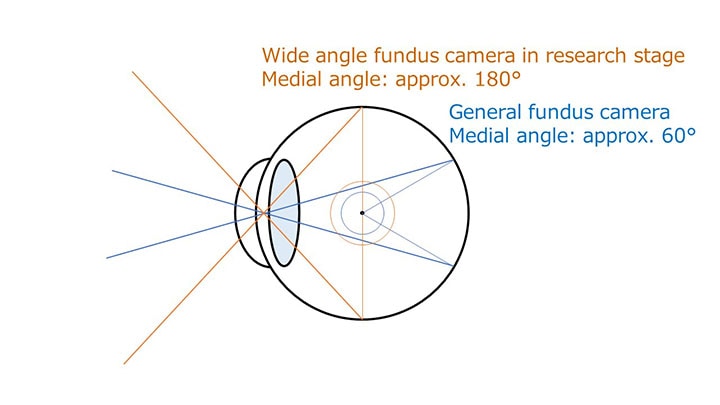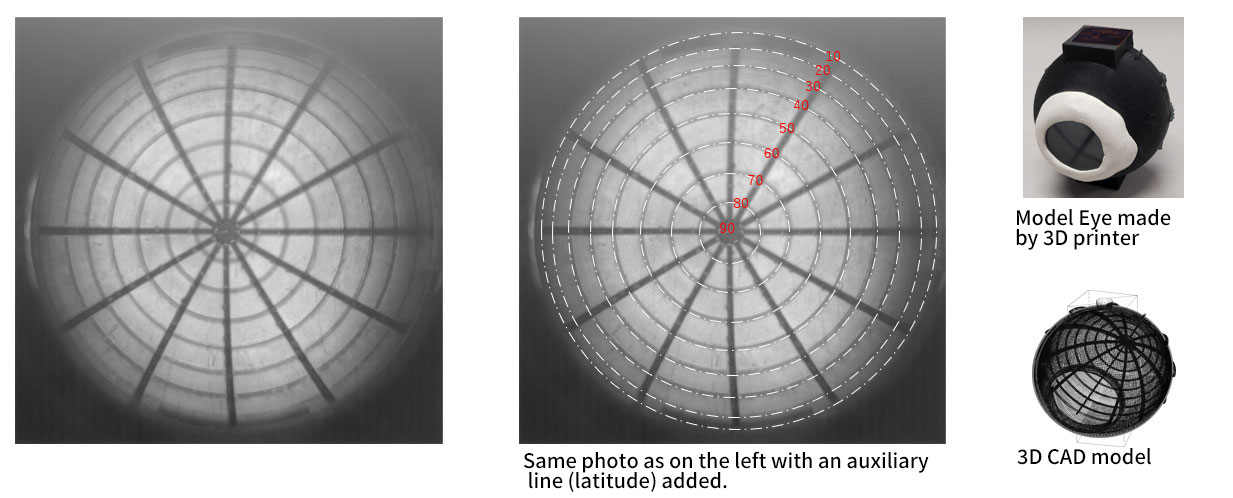Opto-Science R&D
“Solve current and future social issues with optical technology.” Tamron set the goal to conduct new research and development especially focusing on social issues in medical, agriculture, mobility and security industries. Tamron has developed in a wide range of fields such as a new optical element, measurement equipment and photographing apparatus.
Creating a new technology through Tamron’s own various research activities, wide-ranging collaborations, and co-creation with other companies and research institutions in other various fields, Tamron engages in research and development to contribute to social problem-solving.
Infrared camera technology with Fresnel lens
Hybrid Fresnel lens (Design and Manufacturing) x Image correction technology

Fresnel lens cross-sectional shape (CT scan image)
Note: This technology has been improved as Tamron's original technology under the technical guidance of Professor Yan Jiwang of Faculty of Science and Technology, Keio University.
Infrared cameras are widely used for measuring the surface temperature of people and objects, monitoring, and inspecting equipment.
Stable supply of materials such as germanium and chalcogenide glass, which are generally used in lenses for infrared cameras, is an issue. On the other hand, although silicon materials are stably supplied, there are issues that the transmittance and the temperature resolutions are low.
Tamron has developed a new camera technology by integrating Fresnel lenses, mainly made of silicon, with image correction technology.
With a hybrid structured Fresnel lens that combines a silicon material and a resin material, Tamron has succeeded in producing a highly accurate Fresnel shape by utilizing molding technology. Moreover, it is possible to mold spherical silicon lenses and resin materials. (Note)
As a result, Tamron has improved the transmission characteristics, which is an issue for silicon materials,
and improved the temperature resolution by a thermal image correction technology and consequently enhanced image detection performance.
Enhancing both advanced lens processing technology and thermal image correction / image processing, Tamron is expanding the possibilities and applications of infrared cameras.
Technical features
-
FEATURE 1
Infrared camera technology fusing hybrid Fresnel lens with image correction technology
-
FEATURE 2
Hybrid Fresnel lens (Molding technology for silicon material + high-density polyethylene)
-
FEATURE 3
Realize various imaging field of views by optical design utilizing optical manufacturing method
Examples of applications
-

Monitoring (Motion detection)
-

Monitoring (Heat generation of equipment)
-

Smart Building
※The photo is for illustrative purposes only.
Development of optics for satellite implementation
Optics for free space optical communication, star tracker and earth observation
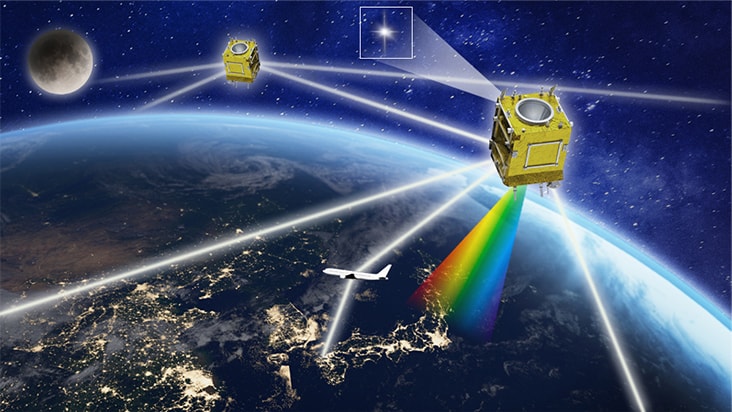
Tamron continues research and development in optics for space application such as satellites, in order to help in solving a society’s problems, by utilizing optical technology which has been cultivated throughout history.
Optics implemented for satellite use are broadly classified into three applications.
1. Free space optical communication
2. Attitude control (Star tracker)
3. Earth observation
Optics for free space optical communication
High-precision beam control technology
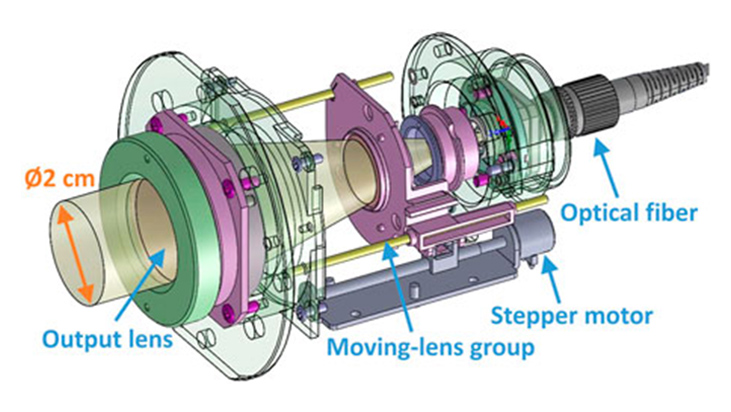
Design concept of “Optics for Beam-Divergence Control” a call for proposal of National Institute of Information and Communications Technology(NICT)
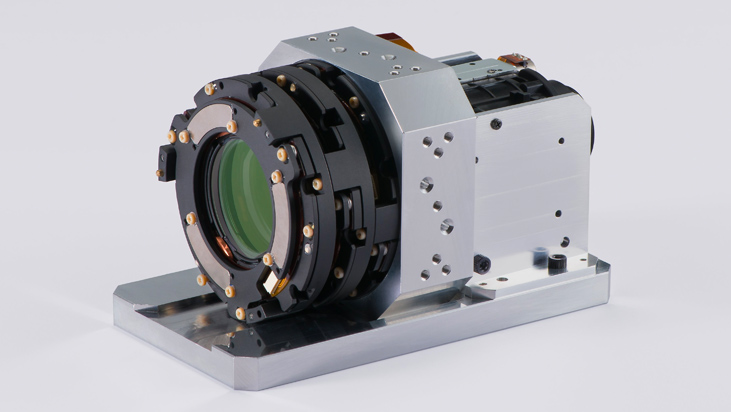
Prototype of “Optics for Beam-Divergence Control”
Communication systems installed into satellites allow inter-satellite and satellite-earth communication.
As the demand for high-volume and high-speed data communications continues to rise, research and development of Free Space Optical Communications and Laser Communication Terminals, as a technology to supplement the radio frequency communication, is currently in progress.
Free space optical communication needs beam transmission accuracy such as optical axis and divergence, and the optical system requires Coarse Pointing allowing to identify the position of target object and Fine Pointing allowing to achieve a highly precise stable communication.
Tamron applies the Vibration Compensation technology which makes use of image stabilization and high-precision lens zooming technology to Free Space Optical Communication application which requires the technologies such as Vibration Compensation, beam divergence control, and evaluation and measurement of beam profile.
Based on these superior optical technologies, Tamron received a publicly solicited project “Optics for Beam-Divergence Control” from the National Institute of Information and Communications Technology (NICT).
Tamron is currently conducting ongoing research and development for further miniaturization and weight reduction.
Design concept of “Optics for Beam-Divergence Control” and the validation tests are introduced in the NICT’s research report.
Reference:
"Prototype Development and Validation of a Beam-Divergence
Control System for Free-Space Laser Communications“
Frontiers in Physics. doi.org/10.3389/fphy.2022.878488
Feature
-
FEATURE 1
Variable optical axis technology allowing to move the optical axis and to compensate for vibration
-
FEATURE 2
Beam divergence control technology with variable optics
-
FEATURE 3
Evaluation and measurement technology to achieve laser beam quality
Optical technology for star trackers
Design technology for straylight shield and radiation resistance
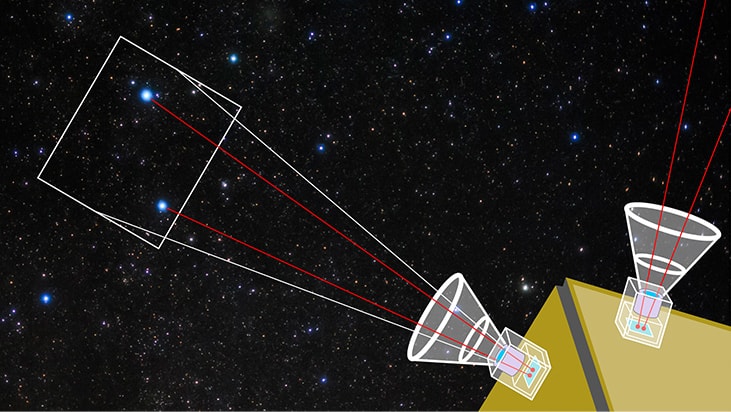
Satellites are equipped with “star trackers” which are optical devices used to control the satellite’s attitude by measuring the positions of stars in space.
Optics used in star trackers require a radiation resistant coating in order to survive the harsh radiation environment of space.
In addition, Tamron’s simulation technology of reflecting light such as disturbance light (the sun) and scattered light helps to design an effective baffle shape for reducing the amount of noise and capturing clearer images of fixed stars.
With radiation-resistant coating technology suitable for the space environment, stray light simulation technology to block stray light, and lens design technology using radiation-resistant glass material, Tamron has been conducting research and development for optics to be realized in space environment.
Feature
-
FEATURE 1
Coating technology maintaining high optical performance even under radiation environment
-
FEATURE 2
Stray light simulation technology to achieve an effective baffle design
-
FEATURE 3
Lens design technology for radiation resistance
Hyper-wide-angle fundus camera allowing wide field fundus photography
Joint development with Nara Institute of Science and Technology
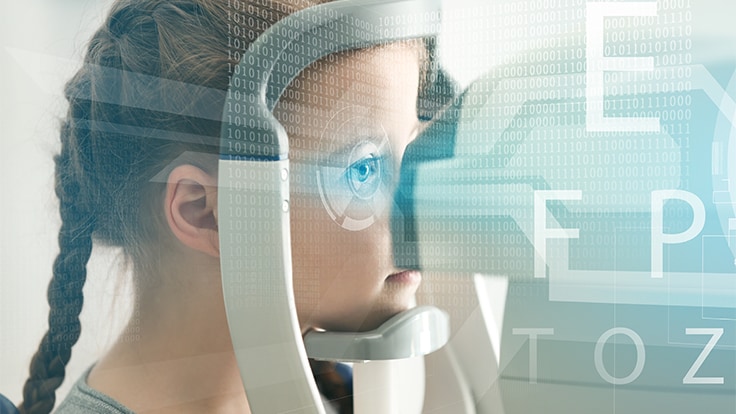
Fundus camera are used for early detection of frequent causes in Japan of blindness such as glaucoma, retinitis pigmentosa and diabetic retinopathy.
Although wider view angle is necessary for eye fundus imaging and examination, existing cameras currently used for medical examination have viewing angle of 60°which detects only part of eye fundus.
There are difficulties in designing a lens for clear photography of a concave sphere such as the fundus, and projecting light through the lens to the fundus.
Tamron has specifically designed and completed a prototype of hyper-wide-angle lens optimized for fundus photography.
The lens was installed into near-infrared fundus camera developed by Nara Institute of Science and Technology and approximately 180° of hyper-wide viewing angle photographing was achieved. Without mydriatic (eye drop) used to dilate the pupils, a wide field of eye fundus image can be acquired.
Technical features
-
FEATURE 1
Tamron’s prototype lens with compact and hyper-wide-angle optimized for fundus photography
-
FEATURE 2
Various technologies illuminating stably near infrared through pupil to wide fundus, which are newly developed by Nara Institute of Science and Technology
-
FEATURE 3
Hyper-wide-angle (180°) fundus photography was achieved by combining the two technologies
-
FEATURE 4
Wide field of eye fundus image can be acquired without mydriatic (eye drop)
-
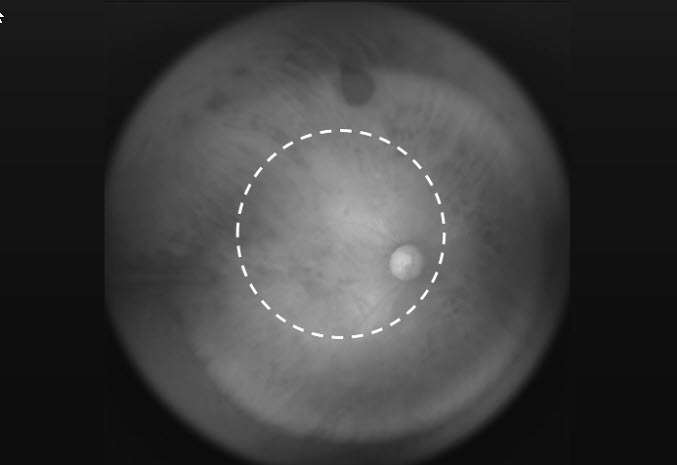
Wide angle fundus image by Near-infrared
(Dotted line shows the imaging field of general fundus camera) -
Pattern diagram of available imaging field
※Click on the image to enlarge
-
View field checking image by 3D printer model eye
※Click on the image to enlarge

